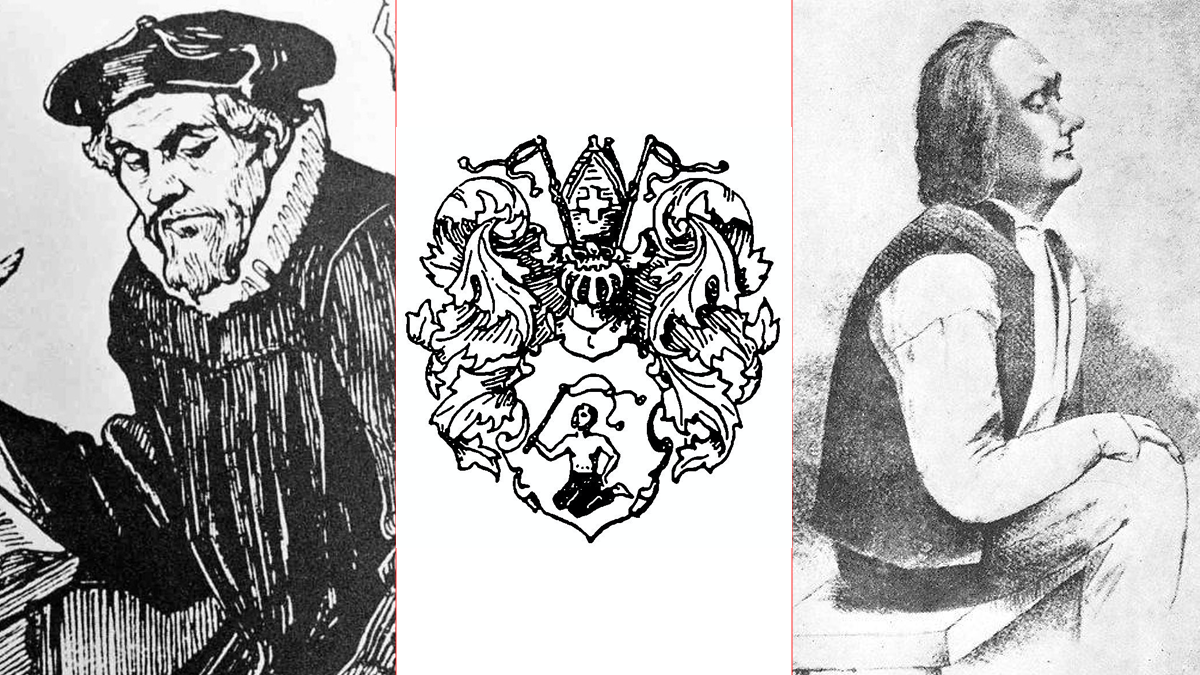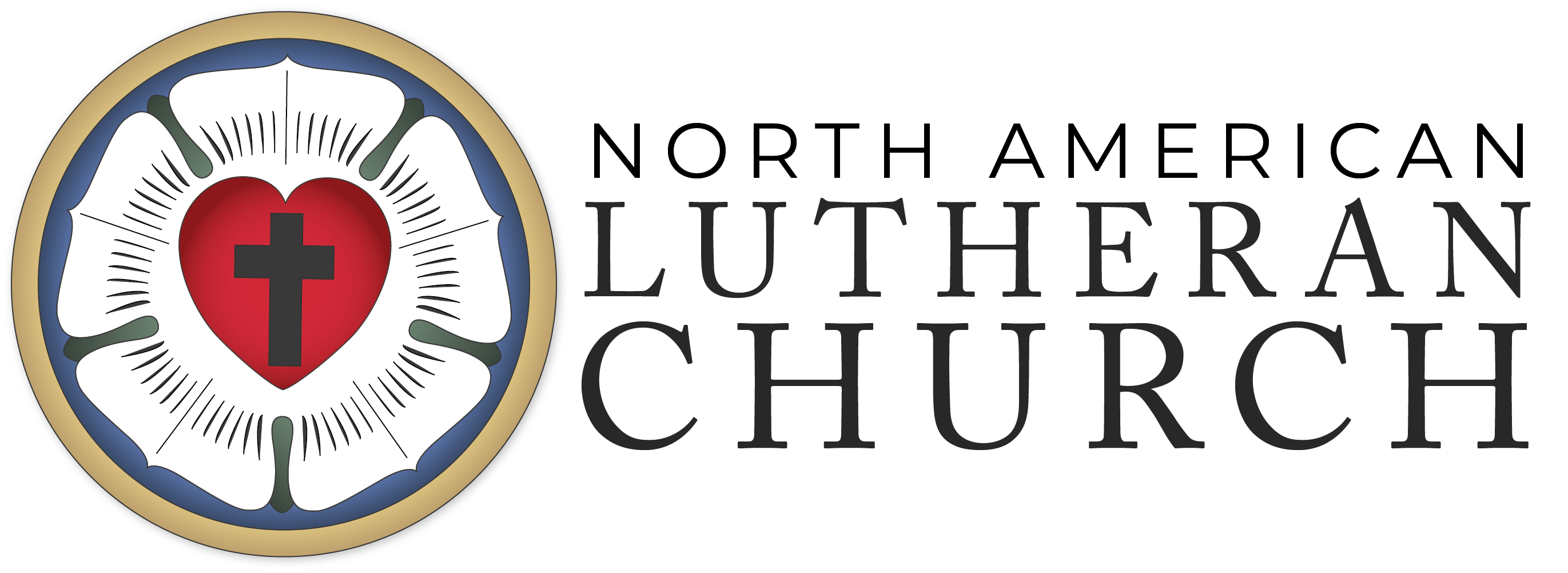
About the Commemoration
Mikael Agricola (the accent is on the first syllable of his surname: AH-gree-co-la) was born in Uusimaa, Finland, which was then a province of Sweden, in 1512. He went to school in Viipuri and later moved to Turku, where he stayed for six or seven years. He did well in his studies, and he was one of the eight Finnish students whom the aged Martinus Skytte, Bishop of Turku (1528-1550), a former Dominican monk, sent to study under Luther and Melanchthon at the University of Wittenberg. He received his master’s degree there in 1539 and, returning with Luther’s special recommendation in a letter to the king, became rector of the cathedral school and, in 1548, assistant to the bishop.
In 1554, after the death of Bishop Skytte, he was consecrated Bishop of Turku by the Swedish hierarchy without submitting his name for papal approval. He carried out in Finland a thoroughgoing Lutheran reformation comparable to that of the Petri Brothers in Sweden (see April 19), retaining much of the historic doctrines and practices of the Church but eliminating unscriptural elements and encouraging greater participation of the laity.
Bishop Agricola realized the need for the Finns to read the Scripture and participate in the services of the Church in their own language. He therefore devised an orthography, which is the basis for modern Finnish spelling, and prepared an ABC book; a prayer book (1544), probably his most widely read book, which contained miscellaneous secular information in addition to prayers; a translation of the New Testament (1548); and a vernacular translation of the Mass (1549). He began a collection of Finnish hymns and translated others. For these and other writings he became recognized as the creator of the Finnish literary language.
Bishop Agricola was one of the members of a royal commission sent to Russia to negotiate peace after the Russian-Swedish hostilities of 1555-1557, and on his return from this strenuous trip he fell ill on Palm Sunday, April 9, 1557, and died that night. He had been bishop but three years and was not yet fifty years old.
He is remembered as a learned man, interested in mysticism and the ancient religion of his homeland, moderate and conciliatory in dealings with others, but anxious for the well-being of the Church and the Christian life of its members. In 1948, on the four hundredth anniversary of his death, he was widely commemorated and many new articles and books on his life and works were published. The Finnish Lutheran Church in Toronto is named for him.
With Agricola, Paavali (Paul) Juusten (1516-1576) might also be remembered. He, too, had been sent by Bishop Skytte to Wittenberg (1543-1546). He was rector of the cathedral school at Turku, and in 1554 he was consecrated the first bishop of the newly established diocese of Viipuri (Viborg), near the Russian border. He later became a successor of Agricola and served as Bishop of Turku for thirteen years. Juusten wrote a catechism and a manual for the clergy, was concerned for the spiritual and intellectual welfare of the clergy of Finland, and, together with Agricola, revived the spirituality of the Church in Finland.
Paavo Henrik Ruotsalainen was a lay evangelist who in the eighteenth century revitalized the springs of the religious tradition. He was born July 9, 1777, and spent most of his life in Nilsia. A poor peasant, without formal education, this “prophet of the wilderness” nonetheless became the outstanding layman in the Church of Finland. He was known as a sympathetic confessor and spiritual counselor, an effective preacher despite harassment by ecclesiastical and secular officials. He died January 27, 1852, and is commemorated on that date by the 1962 German Evangelical Calendar of Names.
Excerpts from New Book of Festivals & Commemorations: A Proposed Common Calendar of Saints by Philip H. Pfatteicher, copyright, 2008 by Fortress Press, an imprint of Augsburg Fortress.
See also: Mikael Agricola; Paulus Juusten; Paavo Ruotsalainen
Reading
From Orthodoxy by C. K. Chesterton
Mysticism keeps man sane. As long as you have mystery you have health; when you destroy mystery you create morbidity. The ordinary man has always been sane because the ordinary man has always been a mystic. He has permitted the twilight. He has always had one foot in earth and the other in fairy land. He has always left himself free to doubt his gods; but (unlike the agnostic of today) free also to believe in them. He has always cared more for truth than for consistency. If he saw two truths that seemed to contradict each other, he would take the two truths and the contradiction along with them. His spiritual sight is stereoscopic, like his physical sight: he sees two different pictures at once and yet sees all the better for that. Thus he has always believed that there is such a thing as fate, but such a thing as free will also. Thus he believed that children were indeed the kingdom of heaven, but nevertheless ought to be obedient to the kingdom of earth. He admired youth because it was young and age because it was not.
It is exactly this balance of apparent contradictions that had been the whole buoyancy of the healthy man. The whole secret of mysticism is this: that man can understand everything by the help of what he does not understand. The morbid logician seeks to make everything lucid, and succeeds in making everything mysterious. The mystic allows one thing to be mysterious, and everything else becomes lucid. The determinist makes the theory of causation quite clear, and then finds that he cannot say “if you please” to the housemaid. The Christian permits free will to remain a sacred mystery; but because of this his relations with the household become of a sparkling and crystal clearness. He puts the seed of dogma in a central darkness; but it branches forth in all directions with abounding natural health. As we have taken the circle as the symbol of reason and madness, we may very well take the cross as the symbol at once of mystery and of health. Buddhism is centripetal, but Christianity is centrifugal: it breaks out. For the circle is perfect and infinite in its nature; but it is fixed for ever in its size; it can never be larger or smaller. But the cross, though it has at its heart a collision and a contradiction, can extend its four arms for ever without altering its shape. Because it has a paradox in its centre it can grow without changing. The circle returns upon itself and is bound. The cross opens its arms to the four winds; it is a signpost for free travellers.
G. K. Chesterton, Orthodoxy (New York and London: John Lane, 1908), 49-50.
Propers
Almighty God, by the ministry of your servants Mikael Agricola, Paavali Juusten, and Paavo Ruotsalainen, you revived the Church in Finland and renewed its life: Raise up in our own day teachers and prophets inspired by your Spirit, whose voices will give strength to your church and proclaim the reality of your kingdom; through your Son, Jesus Christ our Lord, who lives and reigns with you and the Holy Spirit, one God, now and forever.
LBW, ELW Common of Renewers of the Church, rev. PHP
Readings: Jeremiah 1:4-10; Psalm 46; 1 Corinthians 3:11-23; Mark 10:35-45
Hymn of the Day: “Lord, as a pilgrim through life I go” (LBW 485)
Prayers: For the Church in Finland: its archbishop, bishops, priests, and people; For increasingly intelligent participation in the worship of the church; For compassion and a conciliatory spirit, especially in controversy; For those who study language and culture.
Preface: A Saint (1) (BCP) or All Saints
Color: White
